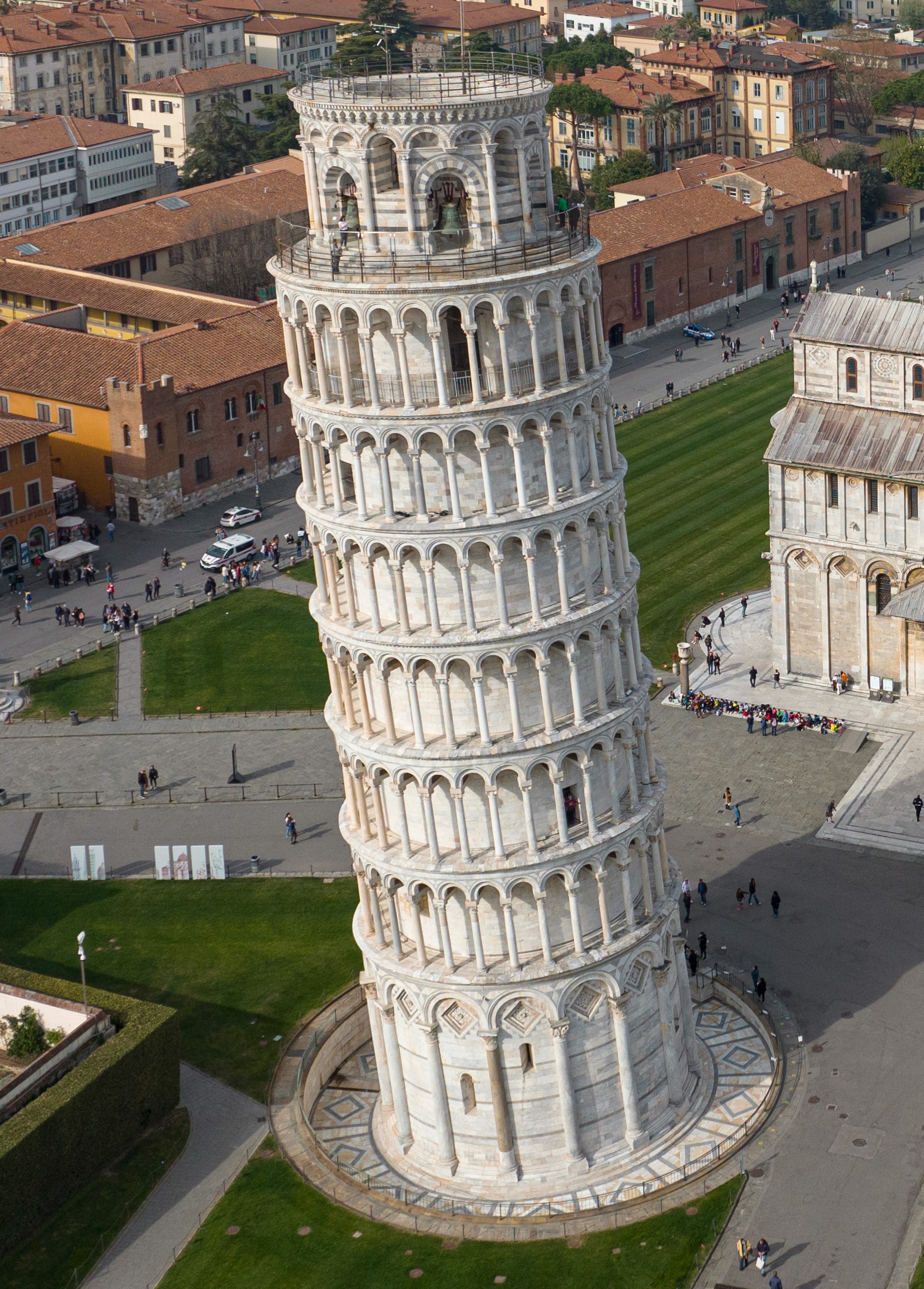 |
| Rubik's cube (Wikipedia) |
Preamble
Counting is one of the most important concepts in probability and statistical mechanics as well. Two primary characteristics of choosing $n$ items from $N$ items are (no)-order and (no)-repeat. This leads to four possible cases that leads to combinations and permutations of different kinds to found the resulting set size. Specially the case for repeated no-ordering would be quite hard to memorise or derive on the spot. There is a catch, we can compute the set sizes in combinatorics but usually there is no explicit explanation how could we get the entire combinatorial set member via a computation. In this short exposition, we have demonstrated a conjecture that obtaining resulting combinatorial set members is possible via nested cartesian products of the set of the $N$ items: Concepts from matrices help to identify resulting set members in the given combinatorics case.
Compact Combinatorics
Combinatorics over choosing $n$ items over $N$ has four cases as mentioned. Here is the formulations of choosing sets over $N$ items of size $n$ with different constraints, resulting set sizes will be:
- Ordering matters with replacement : $N^n$
- Ordering matters without replacement: $\Large \frac{N!}{(N-n)!} $
- Ordering doesn't matter with replacement: $\Large \frac{(n+N-1)!}{n!(N-1)!}$
- Ordering doesn't matter without replacement: $\Large \frac{N!}{n!(N-n)!} $
Obtaining resulting sets: Combinatorial Matrix
We know the size of the resulting sets if we do the choose over a set given $n$. However, the members of the resulting set is not usually known via a computational procedure in standard texts. However, this is possible via cartesian product of the initial set by itself if $n=2$, i.e., pairwise matrices over $N$ item, a combinatorial matrix.
Matrix language conjecture for combinatorics: A combinatorial matrix has different portions. An entire matrix (E), diagonals (D), upper diagonal (UD) and lower diagonal (LD). These portions or combinations of them corresponds to the cases above, somehow obvious after a close look:
- Ordering matters with replacement : E
- Ordering matters without replacement: E-D
- Ordering doesn't matter with replacement: UD+D or LD+D
- Ordering doesn't matter without replacement: UD or LD
By choosing certain portions of the matrix we full-fill constraints of generating new sets.
Nested Combinatorial Matrices ($n \ge 3$ cases)
It is obvious that the above conjecture is valid for $n=2$. In the case of where $n \ge 3$ we would need to do more cartesian products over a combinatorial matrix selectively. The idea is as follows: we generate new cartesian products with $N$ items row-wise with removal of the base row at each level due to portions selected. Here is the sketch of the nested cartesian products:
- We start with the case of $n=2$ and generate the matrix. Retain the corresponding matrix portion.
- Then repeat portion for the next levels till exhaustion that items are size $n$: We do cartesian product of the given row to all items again to generate new combinatorial matrix of each element, except the elements deleted from the row due to portion selection, if deleted.
- At the end we obtain multiple matrices of possibly different sizes, then choose the portions again to form the resulting set of combinatorial items.
Conclusion
Cite this as follows:



